I want more pipeline without burning more ad spend. That means I spot what rivals are doing, where the gaps are, and which moves will actually move the needle this quarter. The right competitor analysis tools make that work faster and a lot less guessy. I look for clear signals, quick wins, and proof I can share with a board or a sales leader who wants numbers, not noise.
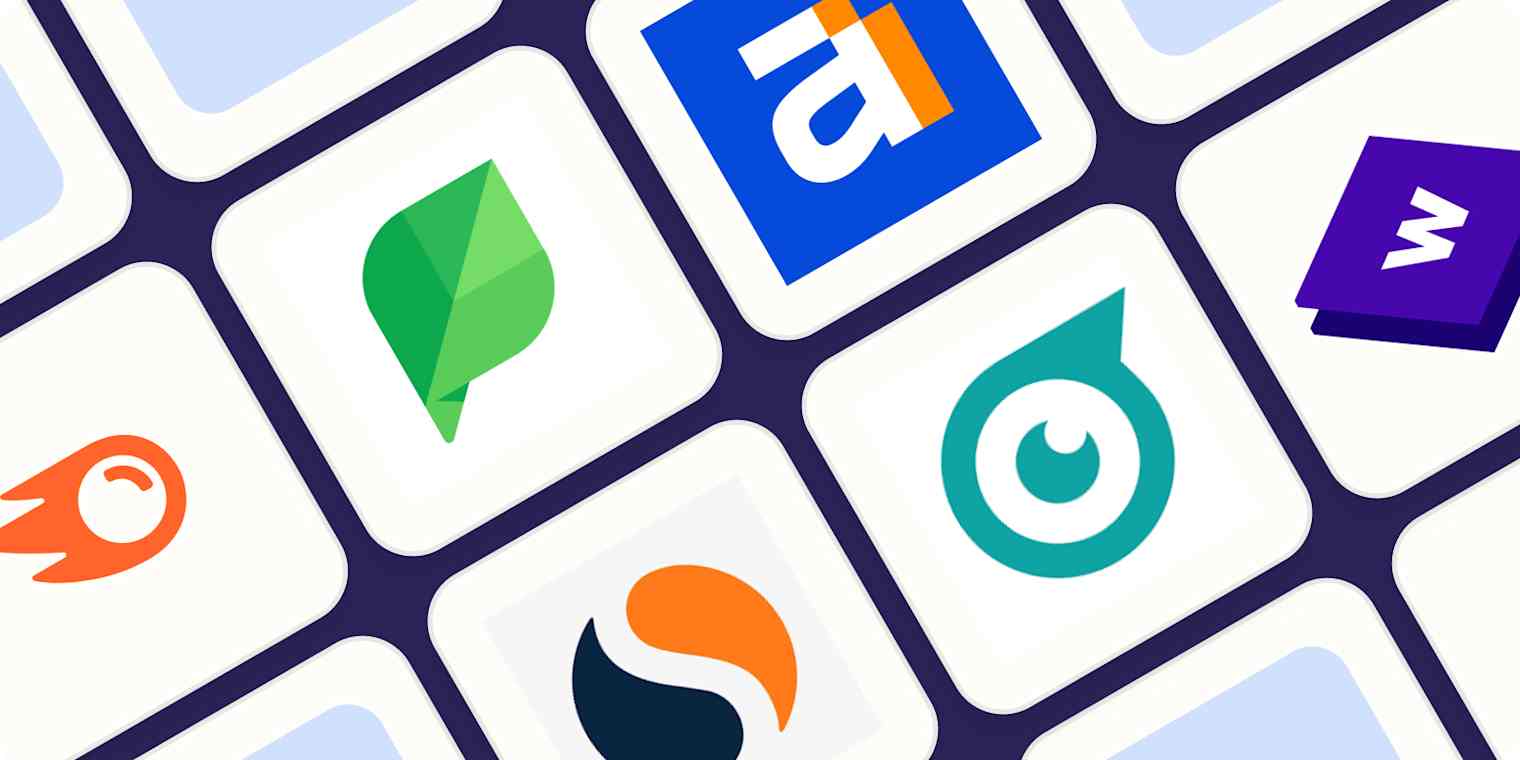
Best competitor analysis tools at a glance
I do not have financial relationships with the vendors mentioned here. Pricing is ballpark and changes often, so I always confirm on vendor sites before budgeting.
- Semrush - Best overall for B2B marketers who need SEO, PPC, and content intel in one place. Starts around the low hundreds monthly.
- Best for: All-around research
- Key features: Domain overview, keyword and content gaps, backlinks, PPC insights, social reporting
- Learning curve: Moderate
- Integrations: GA4, GSC, Looker Studio, common CRM exports, and it integrates with Zapier
- Standout B2B uses: Build ICP keyword sets, find competitor funnel pages, map SERP gaps
- Similarweb - Best for market-level trends and traffic share by channel. Starter tiers begin in the low hundreds; advanced plans are by quote.
- Best for: Market research and benchmarking
- Key features: Traffic share, channel mix, referral paths, category trends
- Learning curve: Moderate
- Integrations: API, BI tools; see their data methodology for reporting
- Standout B2B uses: Identify partner sites, spot rising channels, size markets
- Ahrefs - Best for deep SEO competitor analysis with fast backlink and content gap insights. Entry tiers typically start around the low hundreds monthly.
- Best for: SEO competitor analysis
- Key features: Backlink gap, top pages, SERP features, Content Explorer
- Learning curve: Moderate
- Integrations: GA4/GSC exports
- Standout B2B uses: Find link prospects, clone and improve winning content, track link velocity
- SpyFu - Best for PPC plus SEO intel when I need paid keywords and ad copy history on a budget.
- Best for: Paid keyword harvesting and ad intel
- Key features: Paid terms, ad copy archives, organic ranks
- Learning curve: Easy
- Integrations: CSV/Google Sheets
- Standout B2B uses: Harvest competitor paid terms, craft landing page angles
- Sprout Social - Best for social listening and share-of-voice at team scale.
- Best for: Social listening and reporting
- Key features: Share of voice, sentiment, competitor posting patterns
- Learning curve: Moderate
- Integrations: Major social networks, CRM via connectors
- Standout B2B uses: Monitor vendor shortlists, RFP chatter, objection themes
- Brand24 - Best budget-friendly social listening.
- Best for: Mentions and alerts
- Key features: Mentions, sentiment, alert rules
- Learning curve: Easy
- Integrations: Slack, email, webhooks
- Standout B2B uses: Track niche forums and LinkedIn mentions for triggers
- Owletter - Best for email campaign analysis without heavy lift.
- Best for: Competitor email capture
- Key features: Cadence, subject trends, archive
- Learning curve: Easy
- Integrations: CSV
- Standout B2B uses: Reverse-engineer nurture flows and webinar promos
All-in-one competitor analysis
When I want one cockpit for most of the work, I look at Semrush, Similarweb, and Serpstat. I get domain overviews, traffic analytics, keyword and content gaps, backlink analysis, and competitor comparisons that keep me oriented. The real value shows up when I turn those views into B2B workflows that match how buyers actually search and buy. For example, Semrush’s Organic Research and Semrush’s Traffic & Market views make it easy to see where competitors win and why.
How I turn views into action
- Build ICP keyword sets by persona and funnel stage. I group terms by industry language, problem statements, and jobs-to-be-done, then run keyword gaps to see what competitors own and where my pages can win. Learn more about finding content gaps.
- Run referral analysis to find partner sites. In Similarweb, I sort referral traffic for rivals and list the domains that send them leads. That becomes a shortlist for partnerships, PR, and link outreach.
- Map competitor funnel pages. I pull top landing pages, compare calls to action, and track which pages both rank and convert. Then I sketch my own versions with tighter outcomes and stronger proof.
Pros and cautions
- Semrush has breadth and strong reporting - it can feel busy at first, so I use saved reports and templates to speed things up.
- Similarweb shines for channel share and category trends - value scales with data depth, so costs climb with access.
- Serpstat often hits a value sweet spot for teams that want SEO and PPC basics in one stack without overpaying.
Cost-to-value lens
If I need a shared login that sales and marketing can both read, Semrush usually shortens time-to-insight. If I am sizing markets or pitching partners, Similarweb’s traffic and referral views deliver context I can defend with leaders.
SEO competitor analysis
For pure SEO, Ahrefs, SpyFu, and Ubersuggest cover the big jobs. I want keyword gaps, SERP features, top pages by value, backlink gaps, and visibility into paid keywords to inform messaging and landing pages. For a deeper walkthrough, see this guide to SEO Competitor Analysis.
My quick-win path
- Find 10 non-branded queries with low competition that rivals rank for on page one. I use Ahrefs’ Content Gap or Ubersuggest’s keyword ideas to shortlist.
- Replicate and upgrade two top competitor pages each week. I match search intent, add unique proof, and tighten structure with clearer subheads and outcomes.
- Run a backlink gap. I export domains that link to two rivals but not me, then pitch a relevant asset or case reference.
- In SpyFu, I pull paid keywords that convert for rivals and use those terms to shape title tags, intros, and angle tests.
A 30-day execution plan
- Week 1: Build the keyword gap list, sort by intent, pick 10 targets.
- Week 2: Ship two content upgrades and fix internal links to money pages.
- Week 3: Launch daily link outreach with a short, specific ask and a clear value hook.
- Week 4: Refresh three title tags and meta descriptions using paid-search-validated terms. Track CTR in Search Console.
Social listening that surfaces buying signals
Social listening tools like Brand24, Mention, and Sprout Social help me capture the narrative. I mine competitor pain points, common objections, and messaging hooks. I also track share of voice and sentiment trends that hint at pipeline health.
How I put it to work
- Set alerts for my brand, competitors, and category phrases that signal buying intent: “RFP,” “shortlist,” “vendor comparison,” “migration.”
- Tag mentions by stage: awareness, evaluation, purchase, and churn risk.
- Feed insights into landing page copy and email nurture. If prospects keep asking about implementation time, I make that a headline and add a brief calculator or timeline.
- Watch post timing and format. If a close rival gets traction with short customer videos midweek, I test the same format and evaluate the lift in qualified demos.
B2B service example
A cloud consultancy tracked phrases like “RFP” and “vendor comparison” on LinkedIn and X. They found a handful of active threads each week, responded with concise checklists, then followed up with a private audit invite. Demo volume rose without extra ad spend. I have seen similar results when the discussion adds value rather than a hard pitch.
Market research to size bets and spot partners
When I need the wider picture, I mix Similarweb with sources like Statista, Exploding Topics, and G2. That gives me category demand, referral sources, audience geo and industry breakdowns, and the set of category alternatives buyers actually compare. For broader context, here is a primer on market analysis. Audience research tools like SparkToro can also reveal where your buyers hang out.

Where this pays off
- Build ABM target lists. I use G2 category pages to see who buyers compare, then cross-check Similarweb firmographic signals and referral sources to spot partners and shortlist targets.
- Spot rising topics early. Exploding Topics highlights growth curves so I can publish before the crowd and claim intent early.
- Size channel bets. If the competitor cohort leans heavily on referral and organic, I shift budget from low-intent display toward content and partnerships that earn meetings.
- Find category alternatives buyers truly consider. That sharpens messaging and improves how I position on comparison pages.
Phase-two depth
After the initial competitor sweep, I open these tools to confirm what is really happening in the space. My goal is simple: choose two channels that give me reach and control, then plan content and partnerships to support them.
Email campaign analysis that reveals nurture plays
If I want to reverse-engineer nurture flows without guessing, I use MailCharts, Milled, and Owletter to capture competitor emails and study cadence, offers, CTAs, and segmentation tells.
What I look for
- Cadence and timing: weekly digest on Tuesday mornings, quarterly webinar invites three weeks out, post-demo follow-ups 24 hours later.
- Offers that move deals: free workshops, implementation credits, limited pilot seats.
- Subject line patterns: brackets, first-name tokens, number-led angles, short benefit statements.
- Segmentation hints: different CTAs by company size or industry reveal how rivals segment.
How I turn this into tests
- Swap the next webinar subject line for a short, number-led version that mirrors what is winning in the inboxes I track.
- Split-test a softer CTA on a lead-magnet email versus a direct booking ask.
- Add proof to the first three sentences of onboarding emails and watch for lifts in demo-to-SQL conversion.
B2B service example
A cybersecurity firm studied competitor onboarding sequences, cut fluff, added a 72-hour risk checklist, and saw higher opens and more booked security reviews. I have repeated that pattern by leading with value within the first screen of the first email.
Google-owned tools that punch above their weight
Google’s free tools are underrated for competitive intel. I use Google Trends, Search Console, Ads Auction Insights, advanced search operators, and Market Finder to spot demand shifts and find gaps I can fill.
Fast recipes I copy
- Trends: Compare two category terms over 12 months and by region. I pick the rising one for my next case study and webinar.
- Search Console: In Performance, I filter queries where I rank 5-15 and impressions are rising. Perfect for quick title-tag refreshes or content upgrades.
- Ads Auction Insights: I identify domains that show up most when I bid on money terms, then study their ad copy and landing pages for angles and objections to address in my organic pages.
- Market Finder: I input my site to surface regions and industries with above-average interest and use that to guide ABM outreach and local PR.
- Operators for content gaps and links: I paste these into Google and review the hits.
Copy-and-paste operator ideas
- site:competitor.com intitle:pricing
- site:competitor.com inurl:case-study OR inurl:case inurl:study
- intitle:vendor comparison "your category"
- "your topic" filetype:pdf site:.edu
- "your service" "case study" -site:yourdomain.com
- intitle:"request for proposal" "your service"
- site:competitor.com "ROI" "payback"
- inurl:resources "your topic" -site:yourdomain.com
Picking the right tools and proving value
Tools are not the point. Time to insight, fit with my team, and a clear plan are the point. I keep selection tight and proof visible. For ongoing cadence, see this primer on competitive intelligence, and use this simple spreadsheet template to track rivals.
Selection criteria I trust
- Time to insight: Can I pull a useful view in five minutes?
- Fit with analytics and CRM: Exports to GA4, GSC, and CRM keep reporting clean.
- Team skills: If my team is light on SEO, I avoid tools that assume deep expertise on day one.
- Reporting leaders will read: Clean dashboards, scheduled sends, clear definitions.
- Total cost: Seats, add-ons, and how many tools I can replace without losing signal.
A 30-60-90-day rollout
- Days 1-30: Pilot two use cases that should show quick ROI (for example, a keyword-gap content sprint and a backlink-gap outreach sprint). I write a one-page SOP for each.
- Days 31-60: Build simple dashboards in Sheets or Looker Studio that track organic share of voice, top new keywords, link wins, and content shipped. I share them every Monday.
- Days 61-90: Tighten governance. I assign owners, define alert rules, and add a monthly review with sales to confirm lead quality and pipeline impact.
KPIs that matter for B2B services
- Organic share of voice for money terms
- SQLs from organic and assisted
- Pipeline influenced by organic and referral
- Backlink velocity from relevant sites
- Content time to rank to page one or two
Monitoring cadence and ownership
- Weekly: Keyword shifts, new links, content shipped
- Biweekly: Social share of voice, sentiment flags, competitive ads that repeat
- Monthly: Pipeline influenced by organic, revenue from organic, and a short commentary on what changed and why
- Ownership: One marketer owns the stack, one analyst validates data, and a marketing leader signs off on the plan
FAQs
What is competitor analysis?
It is the process of studying rivals to spot what works for them, where they fall short, and how I can win. I review search, ads, content, pricing pages, reviews, and customer chatter, then turn that into a plan.
How do I conduct competitor analysis in B2B services?
I start with buyer search terms and shortlist five direct rivals. I run keyword, content, and backlink gaps; map their funnel pages and offers; listen for objections on social and review sites; then choose two or three plays I can execute in the next 90 days.
What are the best free competitor analysis tools?
Google Trends, Search Console, Ads Auction Insights, and advanced operators are a strong start. I sometimes add free versions of Similarweb and Ahrefs-style site explorers for a quick pulse.
Which metrics matter most for B2B lead generation?
Organic share of voice for money terms, SQLs from organic, pipeline influenced, backlink velocity from relevant domains, and time to rank. I also watch CTR and conversion on the top five landing pages.
How often should I run competitor analysis?
I do a light weekly review for signals and a deeper monthly pass to update the plan. I revisit the tool stack and strategy each quarter.
Are Google-owned tools enough on their own?
They are a great start, but pairing them with an SEO tool and a social listening tool speeds up research and reveals more link and content ideas.
What is the difference between SEO competitor analysis and market research?
SEO competitor analysis focuses on search terms, content, and links to win rankings and traffic. Market research looks at categories, audience segments, referral sources, and where demand is moving so I can pick the right plays and partners. If you need a refresher on market-level work, see this market analysis guide.
How do I calculate ROI from competitor analysis?
I tie actions to outcomes. Example: two content upgrades lift CTR two points and add five SQLs in a month; link outreach adds ten referring domains and cuts time-to-rank by two weeks. I compare pipeline gains against monthly tool and labor cost.
How do I find competitors of a website quickly?
I search the core service term and list domains that show up often. Then I use a site explorer to pull similar sites, top pages, and backlinks. Referral sources reveal who sits in the same customer path.
Is competitor analysis legal and ethical?
Yes - if I use public data and follow platform terms. I avoid scraping private portals or misrepresenting myself. I focus on open-web signals and turn them into original work.
One last note: Competitor analysis earns its keep when I keep a steady rhythm, share what I see with sales, and keep score. I keep it simple, keep it honest, and keep shipping.

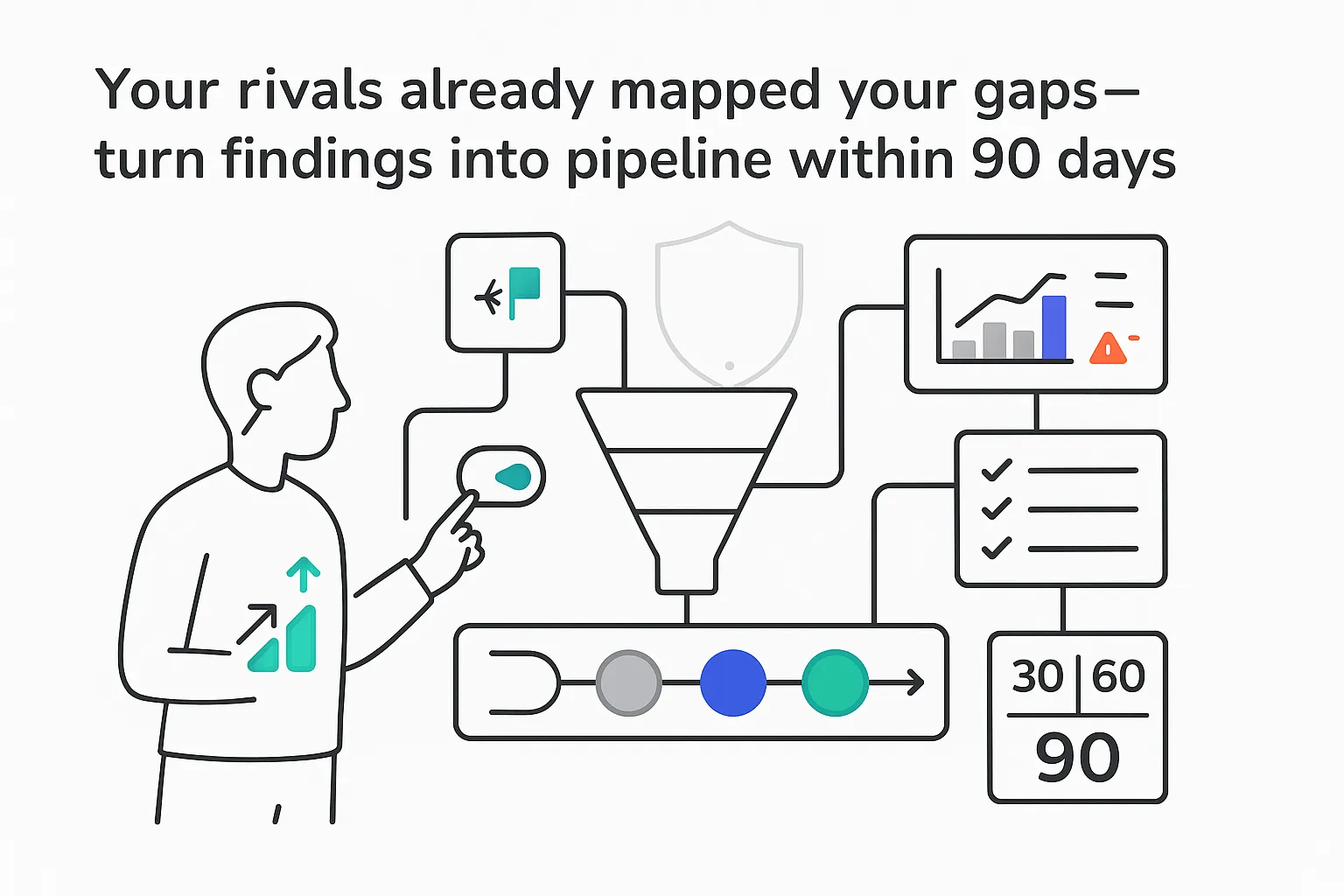

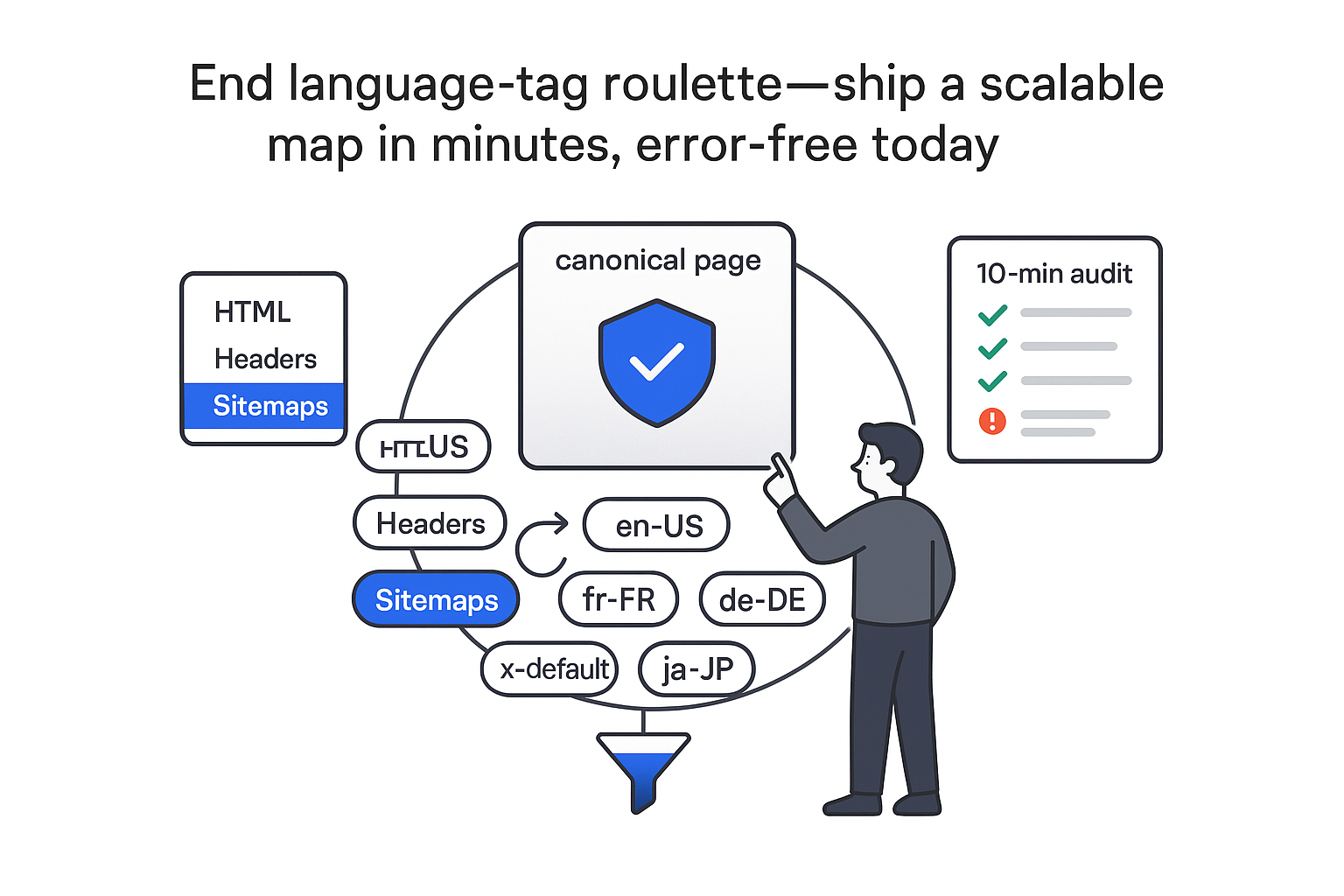
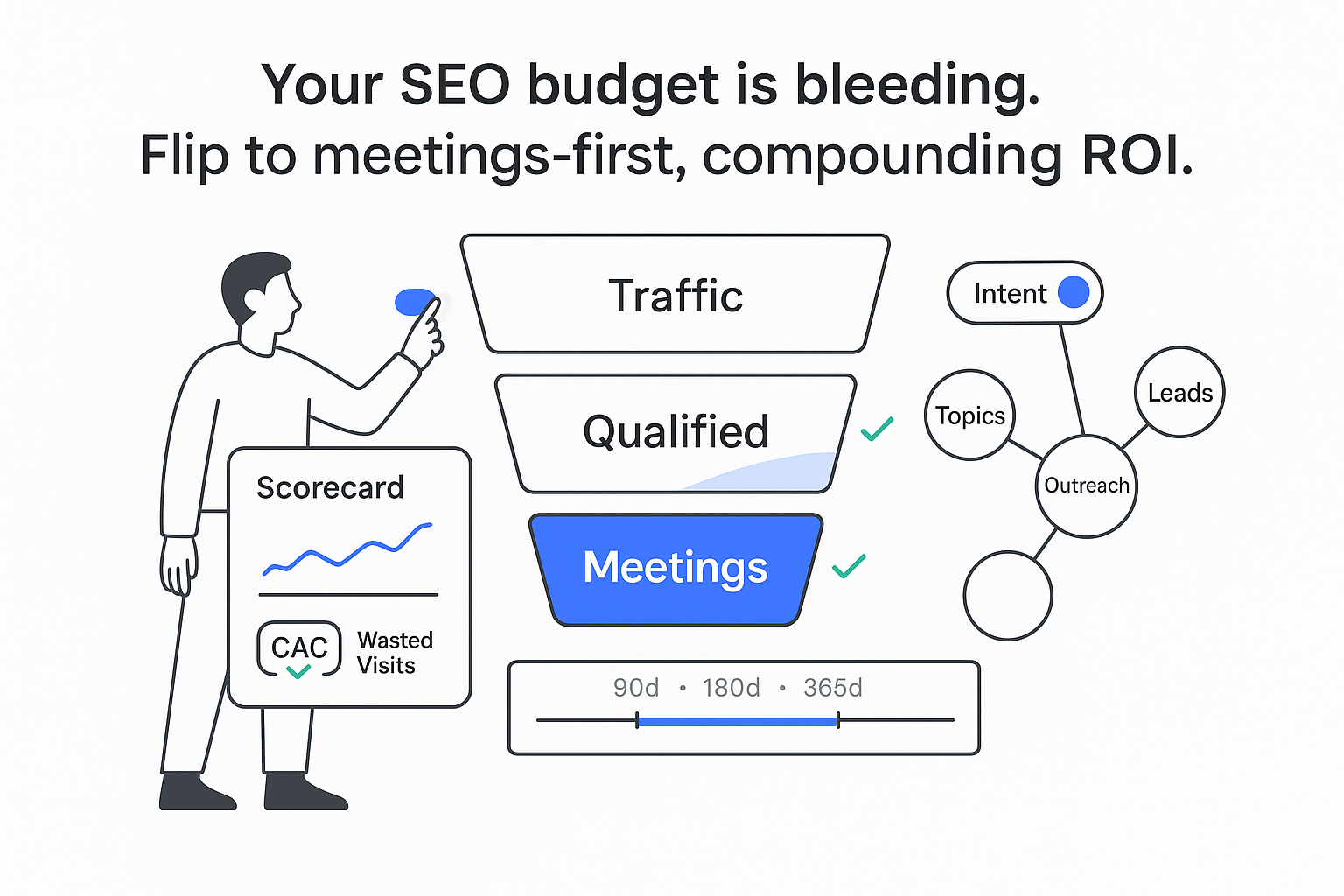

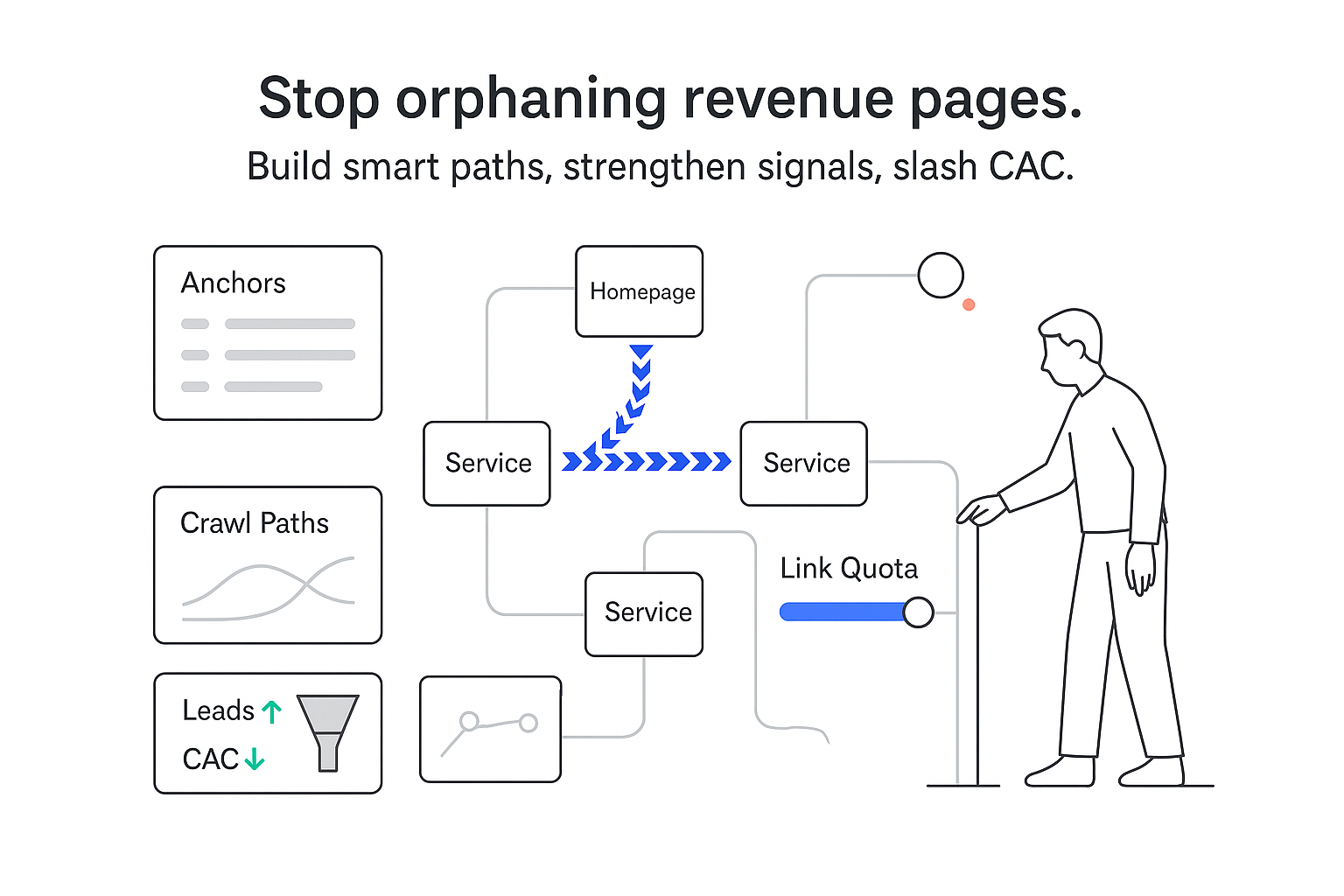
.svg)